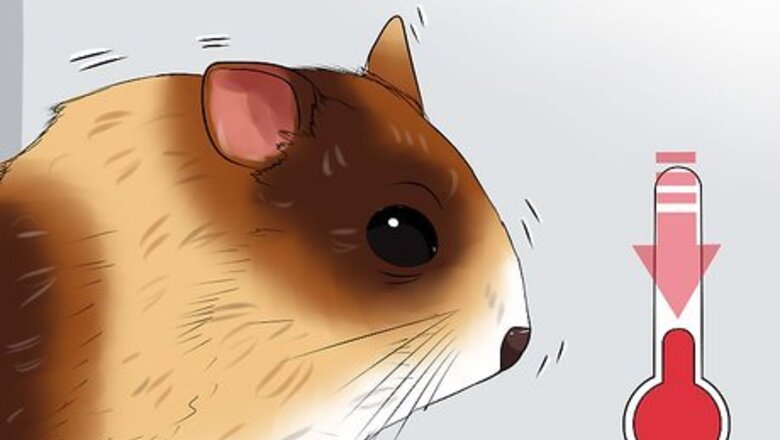
views
Treating a Hamster in Shock
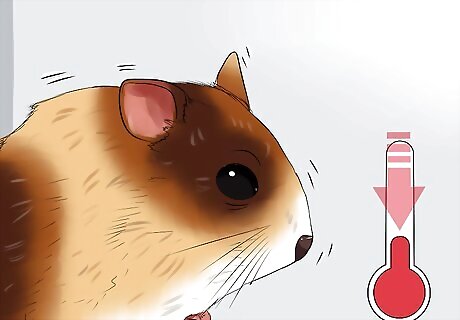
Recognize the signs of shock in your hamster. Shock occurs when the organs in the body are not getting enough blood or oxygen. When you hamster is in shock, he will appear limp and have a dazed look in his eyes. Without good blood circulation, his body temperature will drop. Your hamster will feel cold to the touch, and may also start shivering. Other clinical signs of shock include a rapid pulse and shallow breathing.

Warm up your hamster. Before you take your hamster to your veterinarian, try to give him some first aid at home. The best first aid you can give is to his increase his circulation, which will warm him up. Gently pick him up and rub his body slowly. Be gentle when you rub him. Vigorous or forceful rubbing is not necessary to improve his blood circulation. You should start to feel your hamster’s body warm up as you rub him.
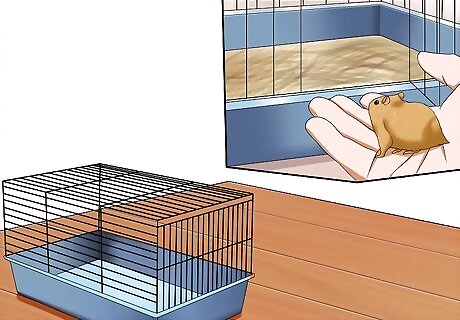
Move your hamster. When your hamster starts warming up (even if he’s still out of it), place him back in his cage and move him to a warm, dark, and quiet area of your home to continue recovering. The quietness of the room will help him recover without being startled by loud noises and other distractions. Check on him after about 30 to 60 minutes to see if he has improved. If not, take him to your veterinarian for further treatment.
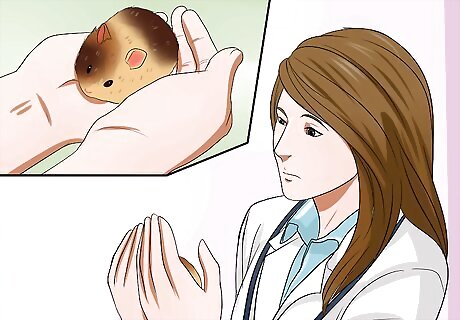
Take your hamster to your veterinarian. Even if your hamster is showing signs of improvement, your veterinarian should still check him out. In addition, if your hamster is seriously injured, your veterinarian will need to treat that injury. Your veterinarian may give your hamster some fluids to improve his circulation. Depending on the extent of your hamster’s underlying injuries, you may need to give him pain medication to help him recover. Your veterinarian will let you know what type of treatment and medication your hamster will need.
Preventing Injury in Your Hamster
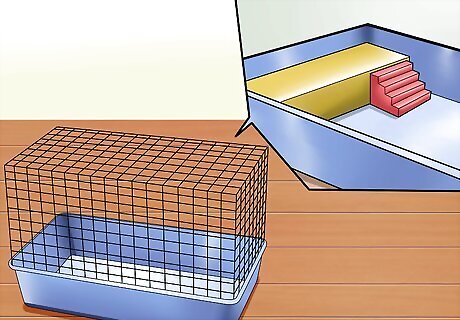
Make your hamster’s cage safer. As much as your hamster likes to run and play, he may play a little too hard and injure himself in his cage. You will need to ‘injury-proof’ your hamster’s cage to prevent the risk of fall or injury. For example, if the cage is multi-level, make sure your hamster has a sturdy ladder or ramp so he can get from one level to the other without falling. If the cage already has wire ramps or ladders, cover them with a solid material, such as cardboard, laminate flooring, or coroplast

Keep a close eye on your hamster during playtime. Playtime outside of the cage is important for your hamster. However, he could seriously injure himself when he is outside of his cage. If you have him in his hamster ball, keep him as far away from the stairs as possible! A tumble down the stairs could cause injury serious enough to lead to shock. Rolling down the stairs in the hamster ball could also knock your hamster unconscious. If he is unconscious and in shock, he will need immediate veterinary care. When your hamster is in the hamster ball, keep him in an enclosed room so there is no chance he could roll near or down the stairs. Another possible solution is to lay a hula-hoop on the ground, and have the hamster ball roll around in that. If your hamster is allowed to run free in the room, make sure he does not climb on any furniture. He could suffer a serious injury if he jumps or falls from the furniture.
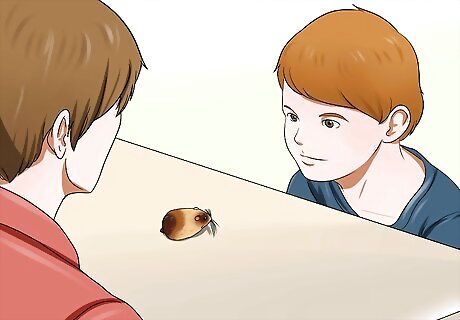
Supervise children who are handling your hamster. Often, children can be rough with small pets, such as hamsters, without knowing they are actually hurting the animal. If you have small children, watch them as they handle your hamster. That way, if they are handling him too roughly, you can intervene and place the hamster safely back in his cage. You could also turn this time into a teaching moment on how to properly hold a hamster.




















Comments
0 comment